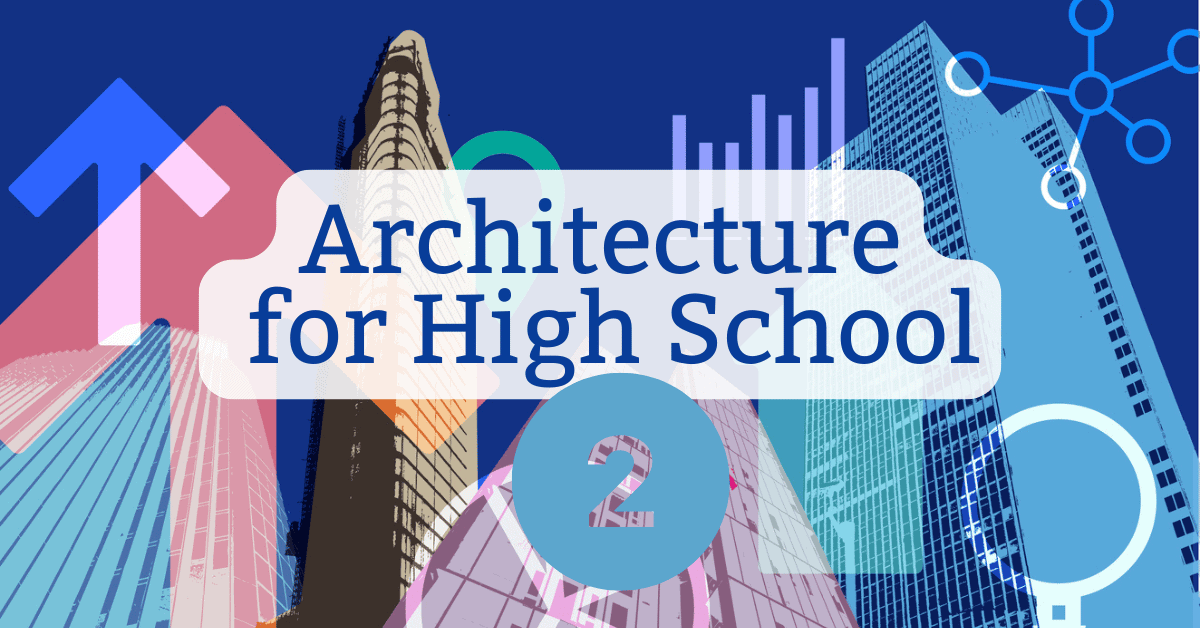Course Description
This course will build on what students learned in Architecture I, and will help them further develop their understanding of architectural concepts and design techniques. They will continue to refine their ability to conceptualize and create detailed architectural plans and models, engage in critical thinking, and design purpose-driven structures. They will also work on developing a portfolio of their work.
Throughout the course, students will refine their abilities to use design software, and will learn about different materials, safety requirements, and sustainable design principles. They will also practice presenting and critiquing architectural ideas in a professional manner.
- pencils
- pens
- paper
- scissors
- tape
- cardboard
- Styrofoam
Students will have the flexibility to choose which materials they want to use when building models, so the materials listed here are for guidance, not specific requirements.
Course Structure
Each semester will consist of one overarching project. Weekly topics, tasks, and activities will build toward completion of this project. Students will frequently share their projects in class, in order to have the projects critiqued by classmates and the teacher. In this way, they will be able to get new ideas and make adjustments to their projects.
Who should enroll?
High school students who have previously taken Architecture for High School 1 or a comparable course. Students who are coming out of Middle School Architecture should enroll in Architecture 1 rather than this course. Parents are welcome to reach out to Mr. Nance with questions about the best placement for their student(s).
Prerequisite
Students should have completed Architecture for High School 1 or a comparable class prior to enrolling in Architecture for High School 2. Students who have completed Middle School Architecture should move into HS Architecture 1, not HS Architecture 2.
Technology Requirements
- High speed, broadband Internet
- Headset and microphone (for live sessions)
- Streaming video capabilities to watch recorded lectures
- 64-bit Windows 10 or 11(or a comparable iOS)
- 8 GB RAM
- 2.5 GHz or higher processor
- A mouse (i.e., a mouse that can be held in the hand, not a trackpad mouse)
- The primary architecture software for this class is Revit (which students will have free access to through the course). However, Revit is only designed to work on a Windows-based computer, not on an Apple computer. Please contact Mr. Nance prior to enrolling your student if he or she will only have access to an Apple computer. There are options for students in this situation, but this needs to be discussed prior to enrollment.
Evaluation and Feedback
This class is designed to help students grow and explore. Students will regularly be asked to explain not only their products but also the thought process behind them. They will be encouraged to consider modifications and alternatives, and will frequently revise what has already been done. This iterative process is typical in architecture, and should be viewed as a learning experience and opportunity for growth. Feedback will be encouraging and uplifting, but students must realize that there will always be room for improvement in the work that they do.
Communication





Reviews
There are no reviews yet.